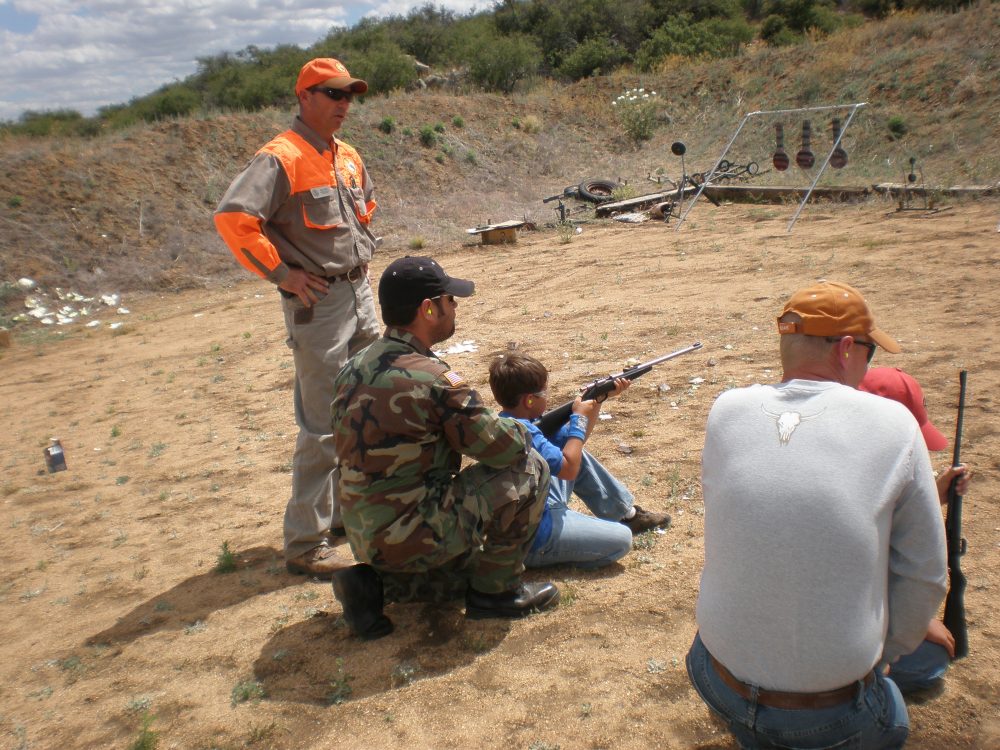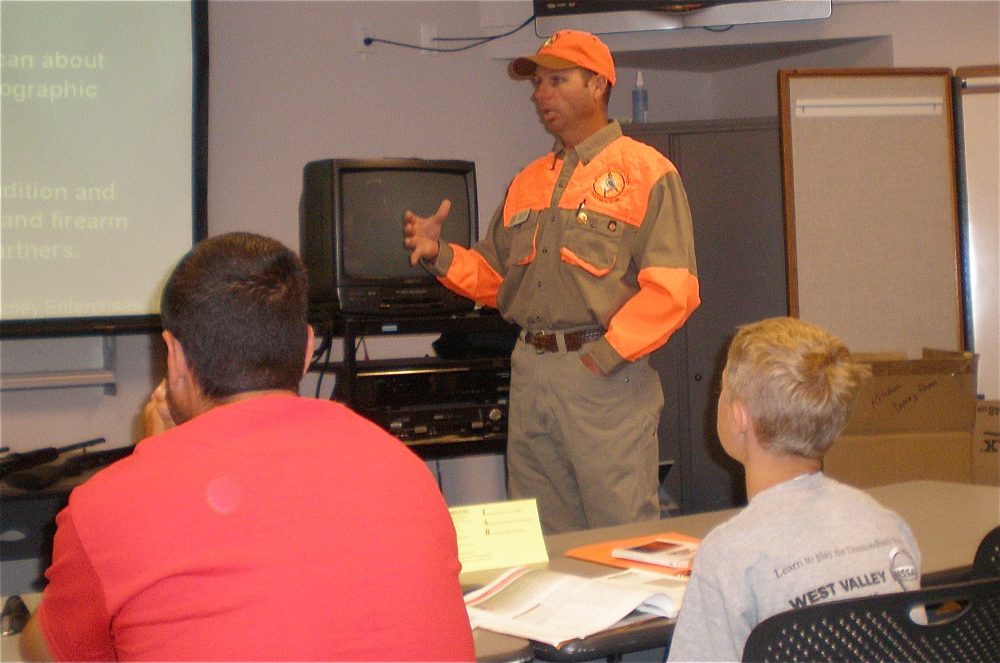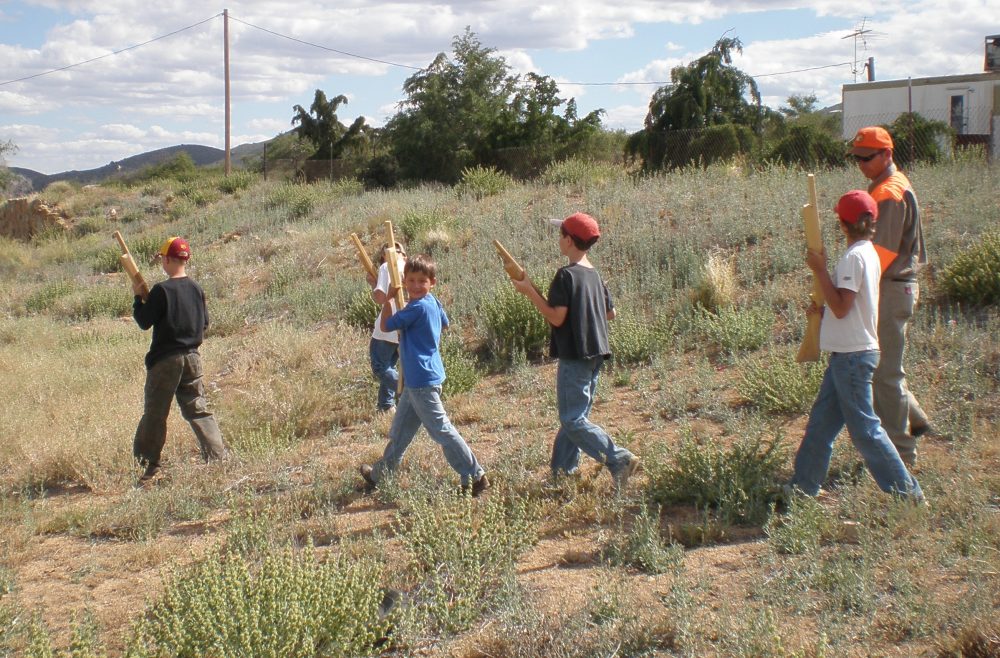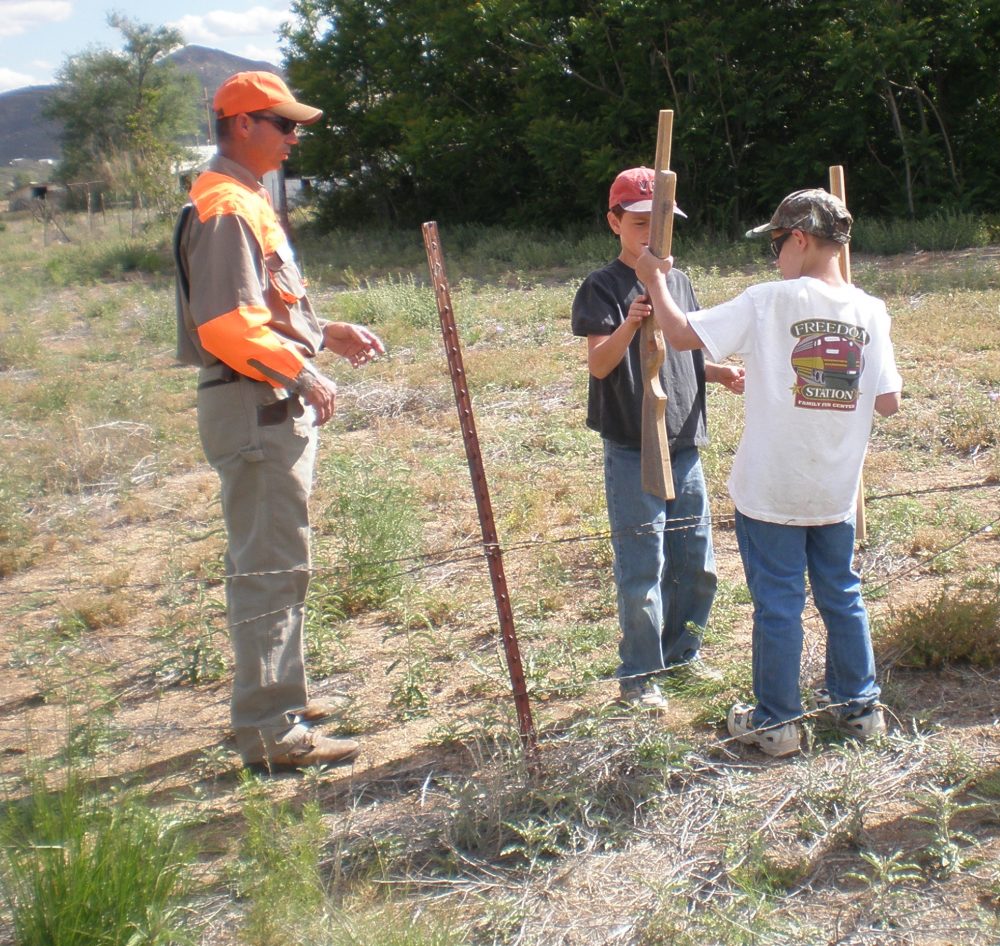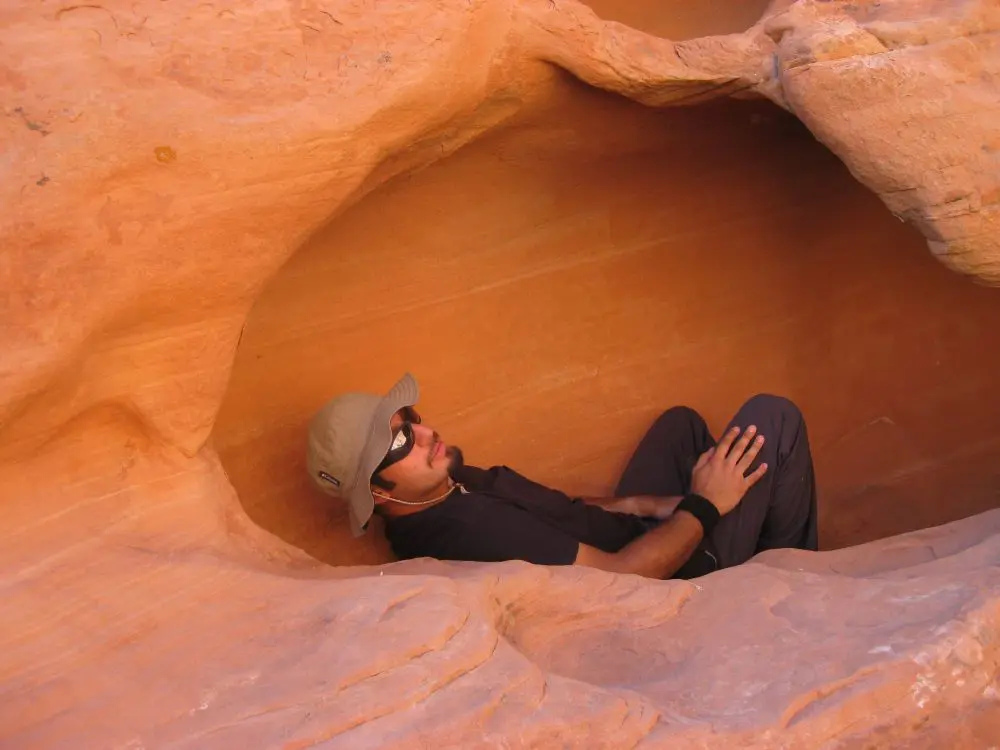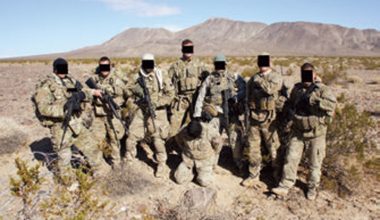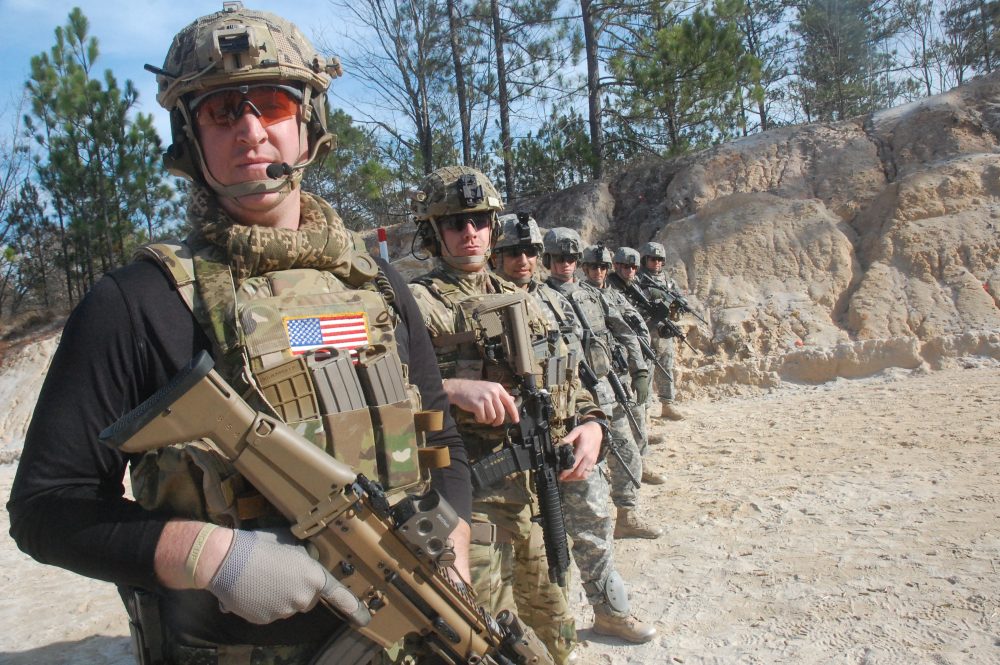Family members acted as coaches for their kids.
Recently my son Flint, my grandson Austin and I enrolled in a Hunter Education course sponsored by the Arizona Game and Fish Department.
One of the reasons for taking the course was so that in January, when Austin turns ten years old, he can apply to hunt big game with Flint after successfully completing the course.
Another reason is that we knew firearm safety would be stressed and practiced. Yes, Austin has grown up with safety being stressed, but sometimes an “expert” can make more of an impression.
The instructor for the class was Tim Fletcher. Tim, currently a sergeant with the Prescott, Arizona Police Department, is a former Arizona Game and Fish officer, so he was very well qualified to instruct the course.
In Arizona the course is seven to ten hours of classroom instruction followed by a four- to five-hour field day. We took the class on a Saturday and Sunday. There were five young boys and six adults in attendance.
To be completely honest, I was not very excited about attending, thinking the class would be somewhat dry, and registered more to show support for Austin than anything else. I couldn’t have been more wrong.
Instructor Tim Fletcher talks about the importance of being a safe, responsible hunter.
Fletcher kept a good pace from one subject to the next, frequently asking the boys in the class—as well as their parents—questions and encouraging participation.
From the very beginning safety was indeed stressed. The four rules from Colonel Jeff Cooper were used, albeit in a different order and with an acronym rather than numbers, to help young shooters remember them more easily. The acronym is TAB + 1:
Treat every firearm as if it were loaded.
Always keep the muzzle in a safe direction.
Be sure of your target and beyond.
+1 Keep your finger outside the trigger guard until ready to shoot.
A few of the subjects covered in the classroom portion were the history of hunter education and why it is important, conservation, wildlife identification, the four main causes of hunting accidents, matching the right ammo to the gun, and nomenclature of different firearm action types.
Also discussed were six different methods of carrying a firearm in the field: elbow carry, trail carry, two-handed (ready) carry, sling carry, cradle carry and shoulder carry. Tim had all five boys line up and, using a wooden facsimile of a gun, demonstrate one method, making sure their classmates were not covered by anyone’s muzzle.
Students had to demonstrate muzzle awareness while on the field walk.
Immediately after this, Fletcher talked about safe zones of fire, such as when walking abreast hunting upland birds.
Fletcher touched briefly on basic map reading, field orientation and magnetic declination (the difference between magnetic north and true north). Recognizing that this topic can be a course unto itself, Tim recommended that those interested follow up on their own to become proficient in this skill.
The first half of the second day was spent in the classroom discussing a few subjects not covered the first day, including survival techniques and how to put together a basic field first aid/survival kit. The classroom portion concluded with a written test. After lunch, the class resumed at our range for the field portion of the class.
Each student used a single-shot .22 rifle. Austin used “Alvin” (his Chipmunk rifle), while Flint and I used my Winchester Model 60-A passed on to me from my Dad.
Fletcher showed how to load the rifles and also demonstrated Standing, Kneeling, Sitting and Prone positions. From the 15-yard line, participants fired four rounds from each position, with the boys’ parents acting as coaches for their kids.
On the field walk, the boys demonstrated what they had learned in the classroom, using the above-mentioned wooden guns. Half a dozen 3-D animal targets used for archery practice added realism, with the boys saying whether or nor a shot was safe to take—for example, a safe background.
On field walk, students demonstrated what they had learned in the classroom. Here they safely negotiate a barbed-wire fence by handing their “guns” across to a buddy.
The best way to keep the next generation from becoming brainwashed that “guns are bad” is to introduce them to the shooting sports, whether it is hunting, sporting clays, or later in life, “tactical” courses. Google your local wildlife agency and find out where a hunter education course is being held near you.
I believe it was Teddy Roosevelt who said, “Take a boy hunting and you won’t have to go hunting for him.” Regardless of whom the quote is attributed to, they are wise words indeed.
[Special thanks to the Prescott Valley, Arizona Police Department for the use of their conference room during the course. It’s always a great thing when a law enforcement agency supports the shooting sports.]
